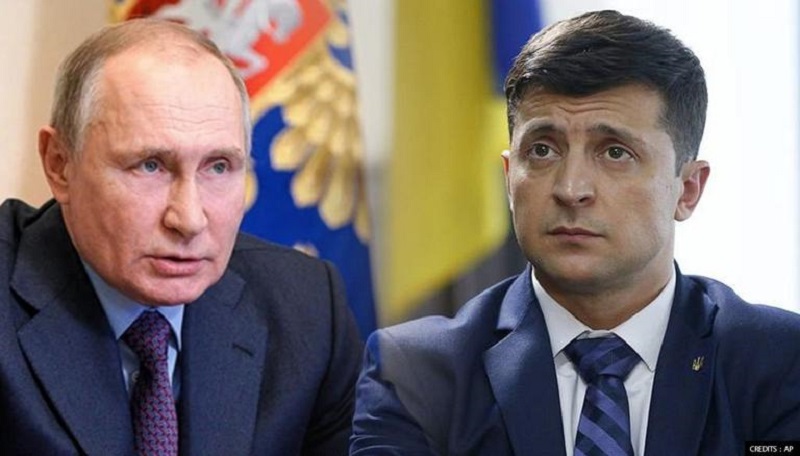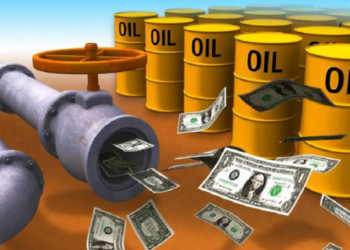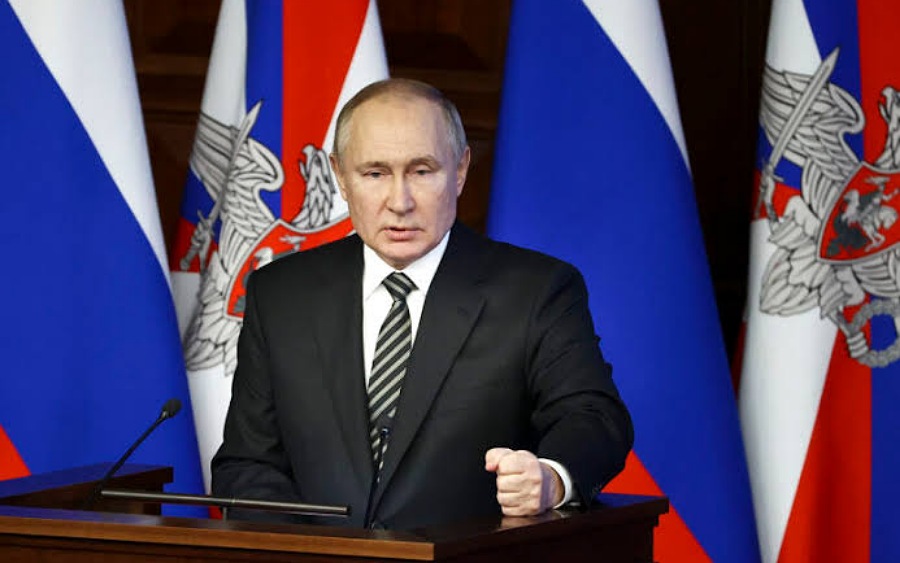Oil prices are bullish towards the end of the Asian session on Friday, which is the end of a very volatile third week of trade after slim progress in peace talks between Russia and Ukraine raised investors’ concerns of tighter sanctions and prolonged disruption to oil supply.
Over the last three weeks, the Russia–Ukraine war has been the major cause of significant levels of volatility in the oil market which brings a semblance of what is experienced in the cryptocurrency sector. As at last week Monday, the black liquid benchmarks were trading at multiyear highs, with the Brent trading approximately $140 a barrel, a price point not traded since 2008, about 14 years ago.
Because the focus of the war was the concern for energy prices, being that Russia is one of the largest exporters of crude and refined oil, we saw a jump in the price of oil due to fears that there may be an energy supply gap as a result of sanctions on Russia and also deliberate shunning of Russian oil by private organizations.
What you should know
- We have seen both benchmarks trade below $100 per barrel in the last 4 trading sessions after the benchmarks hit their multiyear highs barely two weeks ago.
- The reason we saw this near $40 pullback on both benchmarks is as a result of a number of factors. The first being that a member of the Organization of Petroleum Exporting Country and its allies (OPEC+), the United Arab Emirates, stated it supported pumping more oil into the market.
- Another factor that has weighed in on price is the potential revival of the Iran nuclear deal which would potentially bring Iranian oil back to the market. Although these talks have made progress, the conversation is still ongoing.
- The major case point for the pullback is as a result of the Russian – Ukraine ceasefire talks. The fourth day of talks between Russian and Ukrainian negotiators took place by videolink, but the Kremlin said an agreement had yet to be reached.
- Despite alleged battleground setbacks and punitive sanctions by America and Western nations, Russian President Vladimir Putin has shown little sign of relenting.
- Although the talks were the major reason for the pullback, however, being that there has been no progress, the Brent crude futures has so far gained 2.6%, currently trading $109.39 a barrel. This comes after the benchmark surged nearly 9% on Thursday in the largest percentage gain since mid-2020.
- U.S. benchmark, the West Texas Intermediate (WTI) crude futures also gained 2.9%, currently trading $105.91 a barrel, after adding to an 8% jump on Thursday.
- Despite the rebound, both benchmark contracts were set to end the week down about 3%, after having traded in a $16 range.
- Justin Smirk, senior economist at Westpac in Sydney stated, “I’m still expecting more volatility. There’s a lot of uncertainty out there still.”
- Analysts explained that comments from a Kremlin spokesperson saying a report of major progress in peace talks was “wrong” and U.S. President Joe Biden calling Putin a “war criminal” all stoked a wave of buying on Thursday.
- RBC Capital analyst Helima Croft cautioned that Russian oil export losses will n likely prove enduring and that offsetting barrels are in short supply. She stated, “U.S. Secretary of State Blinken is reportedly preparing to visit UAE and Saudi Arabia later this month and the oil ask will presumably be close to the top of the agenda.”
The supply crunch from sanctions on Russia, stuttering nuclear talks with Iran, dwindling oil stockpiles and worries about a surge of COVID-19 cases in China hitting demand all drove the rollercoaster ride over the week.
Underscoring tight supplies, consultancy FGE said on-land product stocks at key countries are 39.9 million barrels lower for this time of the year relative to the 2017-2019 average and also 45 million barrels lower year on year.
The volatility has scared players out of the oil market, which in turn is likely to exacerbate price swings, traders, bankers and analysts said. Smirk said, “In such a tight market and such an illiquid paper market – you’re going to get some volatility.”





















